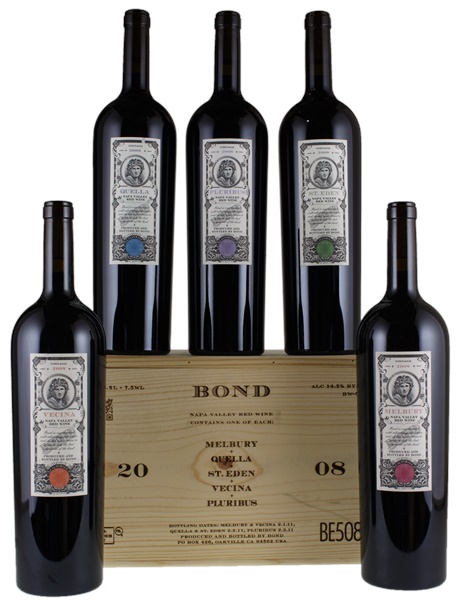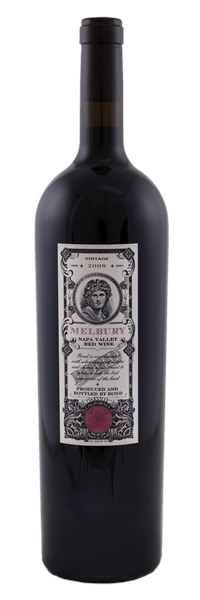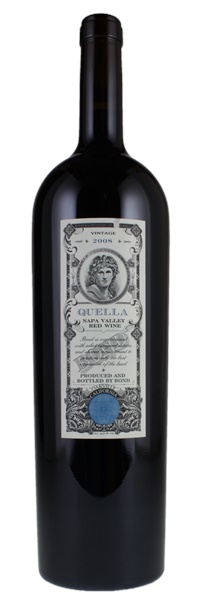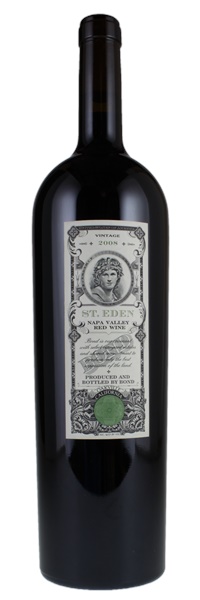
Image above is an example. To view the image of the lot, click the item number.
Estimate

Very rich and refined, chunky and tannic, this full-bodied red offers a pretty core of ripe wild berry and black cherry flavors, with cedar, tobacco, sage and dried currant notes, firming and turning chewy.
..Juicy, bright and supple, with a distinctly airy texture and lovely inner-mouth verve. Not especially large-scaled but pliant, classy and light on its feet. Aromatic and claret-like wine, with firm but ripe tannins...
It shows lots of black currants, sweet cherries, spicy oak and a hint of cedarwood in a medium to full-bodied, textured, rich style. The tannins are still prominent, but the wine possesses a juicy inner-core.

Very rich and refined, chunky and tannic, this full-bodied red offers a pretty core of ripe wild berry and black cherry flavors, with cedar, tobacco, sage and dried currant notes, firming and turning chewy.
..Juicy, bright and supple, with a distinctly airy texture and lovely inner-mouth verve. Not especially large-scaled but pliant, classy and light on its feet. Aromatic and claret-like wine, with firm but ripe tannins...
It shows lots of black currants, sweet cherries, spicy oak and a hint of cedarwood in a medium to full-bodied, textured, rich style. The tannins are still prominent, but the wine possesses a juicy inner-core.

Very rich and refined, chunky and tannic, this full-bodied red offers a pretty core of ripe wild berry and black cherry flavors, with cedar, tobacco, sage and dried currant notes, firming and turning chewy.
..Juicy, bright and supple, with a distinctly airy texture and lovely inner-mouth verve. Not especially large-scaled but pliant, classy and light on its feet. Aromatic and claret-like wine, with firm but ripe tannins...
It shows lots of black currants, sweet cherries, spicy oak and a hint of cedarwood in a medium to full-bodied, textured, rich style. The tannins are still prominent, but the wine possesses a juicy inner-core.

Very rich and refined, chunky and tannic, this full-bodied red offers a pretty core of ripe wild berry and black cherry flavors, with cedar, tobacco, sage and dried currant notes, firming and turning chewy.
..Juicy, bright and supple, with a distinctly airy texture and lovely inner-mouth verve. Not especially large-scaled but pliant, classy and light on its feet. Aromatic and claret-like wine, with firm but ripe tannins...
It shows lots of black currants, sweet cherries, spicy oak and a hint of cedarwood in a medium to full-bodied, textured, rich style. The tannins are still prominent, but the wine possesses a juicy inner-core.

Very rich and refined, chunky and tannic, this full-bodied red offers a pretty core of ripe wild berry and black cherry flavors, with cedar, tobacco, sage and dried currant notes, firming and turning chewy.
..Juicy, bright and supple, with a distinctly airy texture and lovely inner-mouth verve. Not especially large-scaled but pliant, classy and light on its feet. Aromatic and claret-like wine, with firm but ripe tannins...
It shows lots of black currants, sweet cherries, spicy oak and a hint of cedarwood in a medium to full-bodied, textured, rich style. The tannins are still prominent, but the wine possesses a juicy inner-core.